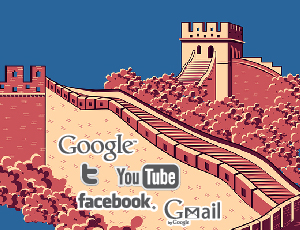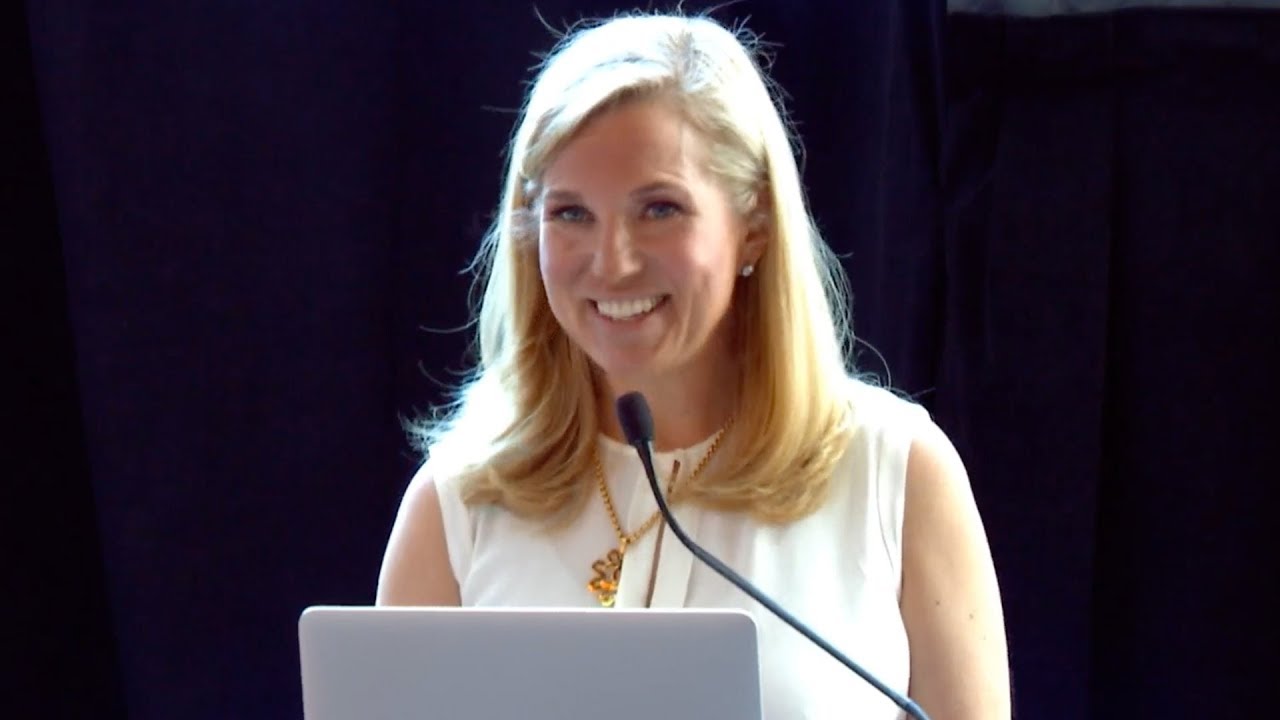HBR Case Study from 2025:
— Gokul Rajaram (@gokulr) April 3, 2023
You’re the founder/CEO of a $75M+ revenue company. You not only have PMF, you are the leading player in your category, a category that you created. You raised a humongous round in 2021 so while you’re not profitable, you have 5+ years of runway. Life is…
You’re the founder/CEO of a $75M+ revenue company. You not only have PMF, you are the leading player in your category, a category that you created. You raised a humongous round in 2021 so while you’re not profitable, you have 5+ years of runway. Life is peachy, right?
Not so fast. You have 3 problems:
(a) Your growth has slowed down as buying cycles have lengthened. You were growing 50-70% YoY, now it’s 10-20% YoY. This dramatic, unprecedented slowdown has made you question your TAM, your category, everything.
(b) Your new investors from 2021 - remember them? - are pushing you to grow faster. They want to see their investment grow 3x in 3 years. You don’t want to tell them that it’s instead probably shrunk by 70% in the last two years.
(c) Your execs and employees are growing nervous. They’re questioning what the real value of the company is. You don’t have good answers for them.
What do you do? Do you pour fuel on uncertain growth, increase your burn, shorten your runway? Or do you cut back, become profitable, grow more predictably? How do you mollify your stakeholders?
It’s April 2023. You stand at the floor-to-ceiling windows of your penthouse (bought with the proceeds of your secondary sale in 2022), pondering these fundamental questions as you look out at the glittering (SF / NYC / Miami / London / Bengaluru) skuline. Your board meeting is this coming week. What is your strategy? What will you communicate to them?
As the CEO of a company that has seen a significant slowdown in growth and is facing pressure from investors and employees, it's essential to come up with a strategy that can address these concerns while ensuring the long-term success of the company.
Firstly, I would focus on understanding the reasons behind the slowdown in growth. I would review our current product offerings and see if they are still meeting the needs of our target customers. I would also evaluate the competition to identify any emerging trends or changes in the market that we need to adapt to.
Secondly, I would communicate with our investors and stakeholders transparently about the challenges we are facing and the steps we are taking to address them. I would explain that our primary focus is on long-term sustainability and that we will not compromise on this by taking short-term measures that could harm the company in the long run.
Thirdly, I would explore ways to increase revenue and profitability without compromising our product quality or brand value. This could involve exploring new revenue streams or optimizing our existing processes to reduce costs.
Finally, I would prioritize employee morale and motivation by fostering a culture of transparency and open communication. I would make sure that every employee understands the company's vision and is aware of the steps we are taking to address our challenges.
In summary, my strategy would be to take a cautious approach while maintaining a long-term perspective. I would focus on understanding the reasons for our growth slowdown, communicate transparently with investors and stakeholders, explore new revenue streams, and prioritize employee morale and motivation.
Kind of interesting seeing all of these products pop up saying “train ChatGPT on your docs or website”
— anton (@abacaj) April 2, 2023
Technically no one can train ChatGPT on your data. OAI doesn’t have an option for it. Really all that those products do is embed your content and prompt ChatGPT
Want to see some ChatGPT Plugin examples? 🔌👀
— Logan.GPT (@OfficialLoganK) April 2, 2023
I created a GitHub repo for the community to submit examples of fully working ChatGPT Plugins in multiple programming languages: https://t.co/U8vvWerMDe
Gokul Rajaram: HBR 2025 https://t.co/APbIJ1l1Di
— Paramendra Kumar Bhagat (@paramendra) April 3, 2023
ChatGPTed it 😂 pic.twitter.com/vpPgBUfuEc
— Rakesh Waghela (@webiyo) April 3, 2023






